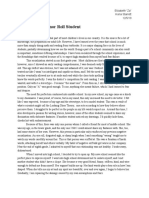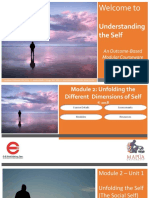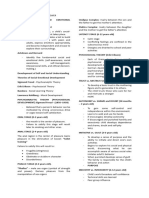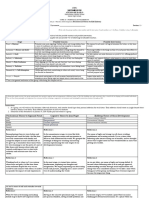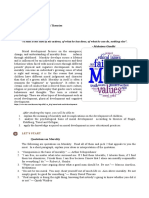0% found this document useful (0 votes)
119 views7 pagesSophie's Developmental Journey
As an aspiring educator and writer, providing the accessible perusal of any audience is indispensable. I look towards having my curriculum and content on an accessible platform within the advancing age of technology--founded on principles of universal design and equitable integration. An edited audio transcript of the video's contents is attached below.
Uploaded by
Sophie NochefrancaCopyright
© © All Rights Reserved
We take content rights seriously. If you suspect this is your content, claim it here.
Available Formats
Download as PDF, TXT or read online on Scribd
0% found this document useful (0 votes)
119 views7 pagesSophie's Developmental Journey
As an aspiring educator and writer, providing the accessible perusal of any audience is indispensable. I look towards having my curriculum and content on an accessible platform within the advancing age of technology--founded on principles of universal design and equitable integration. An edited audio transcript of the video's contents is attached below.
Uploaded by
Sophie NochefrancaCopyright
© © All Rights Reserved
We take content rights seriously. If you suspect this is your content, claim it here.
Available Formats
Download as PDF, TXT or read online on Scribd
/ 7
